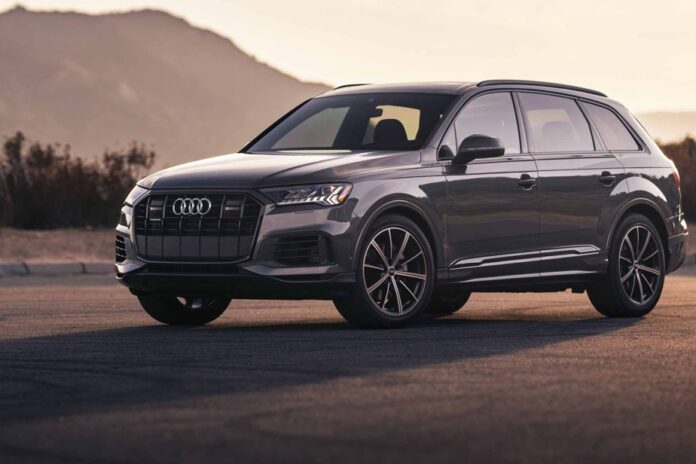The Q7 is a fantastically accomplished utility vehicle, but to benefit from all the qualities of this model, you have to pay the price. In fact, for $77,115, you are only entitled to the 2L four-cylinder engine… To benefit from the supercharged 3L V6, the entry ticket is then set at $89,415. The difference is important, but so are certain attributes of this German. Its towing capacity is higher (3493 kg) than that of the TX and its comfort is superior. On the other hand, its consumption is higher and the Q7 requires more ongoing maintenance.
The segment in which the TX is entering has never been so crowded. We could name the Genesis GV80, the Cadillac XT6, the Lincoln Aviator or even the Infiniti QX60. Let’s stop at the Jeep Cherokee L which also accommodates seven people under its roof. The trajectory taken by Jeep strangely resembles that of the TX: a leap into the unknown. The Cherokee L launches a brand new platform, but renews the 3.6L V6 and 5.7L V8 engines while waiting for a plug-in hybrid engine which is slow to appear. More “funky” than the Lexus, the Grand Cherokee L is not afraid of trail rides and offers a more rewarding presentation. On the other hand, its lack of mechanical refinement, its reliability record and its less generous warranty cause it to lose valuable points.
The TX offers an approach quite similar to that of Volvo’s XC90. Even if it is no longer quite a youth, the Volvo offers extremely comfortable seats (especially at the front) without having to use gadgets to do so. The XC90 is also atypical in its refined interior presentation, offers great modularity and is powered solely by a plug-in hybrid engine which is less efficient than that offered by Lexus. Compared to the TX 500h, the XC90 Recharge is smoother to drive, more considerate, more refined and more powerful, but less energy efficient.















